[vc_row][vc_column][vc_column_text]
What Camera Should I Buy?
If you are reading this, you are probably the one who wants to go further with your photography hobbies. I was one of them and I know the difficulties you are running into. There are thousands of buying guides, but this one is different. With my personal experiences and researches, I can give you fine recommendations and its reason for your future purchase. If you follow my easy 3 steps, you may found yourself a great camera within your price range. Let’s move on.
1. Skip Mirrorless or Micro Four Thirds unless it’s absolute necessity.
I generally do not recommend mirrorless or micro four thirds unless it is already a part of your life style. If you are a person who constantly records everyday happening, mirrorless or micro four thirds maybe a great choice for you. However, for those who’s seeking to make their photography hobby bigger, DSLR is hard to beat.
REASON #1: LENS SELECTION.
Just remember this:
“No matter how good the camera is, ultimately, it is the glass that lets the sensor to see.”
Sony, Olympus, Fuji, and many other lens manufacturers do provide lenses for mirrorless and micro four thirds. However, the quality of glass is simply worse than both Canon’s and Nikon’s.
REASON #2: PERFORMANCE IS ALMOST IDENTICAL
We all know Sony sensors are legendary. However, an image taken under average circumstance looks the same regardless of your camera. You will almost never use your camera under the extreme setting. So, do not fall to those 2 million ISO capability marketing strategies. It is your job to not to fall on it. I’m not saying they are bad. You must remember what you are purchasing and why.
2. [Canon vs. Nikon] Choose one Now!
Both Canon and Nikon have pros and cons. Both have some weaknesses and strengths on certain type of photography.
Canon
PROS
- Great video capabilities thanks to their experiences in Red cinema lineup.
- Usually favorited by 3rd party companies. Lenses or accessories for Canon tend to be released sooner than Nikon. This allow Canon users to have a lot more 3rd party accessories.
- Friendly naming scheme and branding.
- Lenses are easily distinguishable by their L lens naming scheme to distinguish between consumer and prosumer products. This results friendlier price for the consumers, however, there is huge gap to jump from consumer to prosumer equipments.
- Cameras can be easily identified based on the number of digits.
CONS
- Currently, as of March of 2017, we are waiting on 2 bodies to be updated. (7D Mk ii & 6D)
- There is no mid range options. You are either stuck in the consumer grade products or pay premium for the prosumer products. You must go big or go small, and this is very frustrating for advanced amateurs.
- Behind in sensor technology. ISO performance and dynamic range is poor compared to Nikon and/or Sony.
- Their latest flagship camera, 5D Mark IV, just caught up with Nikon D810’s ISO performance.
Nikon
PROS
- So far with my experience, Nikon shows superior weather sealing performance.
- Superior sensor than Canon’s. Nikon uses Sony sensor in few models, but who cares? I just want a great sensor.
- About 2 stop greater dynamic range than Canon’s
- Superior ISO performance.
- Variety of price range.
- Consumer, mid-range, and prosumer products are well categorized and priced.
- Great options for advanced amateur looking for extra features without paying premium.
- Lens Quality
- All Nikon (or Nikkor) lenses are made with their highest standards. However, this results in higher price than Canon’s.
CONS
- Some lenses are just not as good as Canon L lenses, such as Nikon 24-120 F/4 vs. Canon 24-105 F/4
- Lenses are bit pricey for the general consumers.
When choosing between this two, think what you are losing than what you are gaining. If the features that you are going lose is more important than you are gaining, choose the side that you lose less.
If you can see yourself investing in quite of bit of money into glass and sharpness is everything for you, Canon maybe your choice. If you are more of an editor in Photoshop or Lightroom, Nikon will be better for you.
3. Distribute your budget
After choosing Canon or Nikon, distribute your budget. I always recommend you to buy the best glass before the body. The glass stays the same, but your body gets behind the technology everyday. If your budget is big, this step can be quite difficult. If your budget is low, you are limited to few options. This step is totally yours. It varies depending on your photography and your shooting style.
Here are the current lineup for both Canon and Nikon.
One with asterix (*) is one that I highly recommend. Great bang for your buck!
Cameras listed below are linked to Amazon.
Canon
ENTRY LEVEL
ADV. AMATUER
PROSUMER
Nikon
ENTRY LEVEL
ADV. AMATEUR
PROSUMER
ENTRY LEVEL: CANON T6S
For the entry level body, Canon T6s is an awesome camera for the beginners. It has the latest features, such as, touch screen, NFC, tilt screen, video option, and more. T6i is almost identical camera, but I recommend you the T6s so you can use the top setting display so you can quickly change the settings during the action. If you are getting this camera, you will be most likely a student and do not worry about the lens just yet. Standard kit lenses have ability to take great shots; If you know what you are doing. Keep learning, go out and shoot, and enjoy.
Entry level Nikon bodies are as good as Canon’s. However, I do not recommend entry level Nikon due to lack of built in focus motor which may restrict you from using certain lenses. Canon provides more features at this price range.
ADVANCED AMATEUR: CANON 80D & NIKON D7200
Either one of them will serve you very well. Canon 80D was announced and launched not long ago. Nikon D7000 series remained its best wildlife and sports body for years until the flagship D500 were announced at CES 2016. If you are an action shooter, whether it is wildlife or sports, I recommend you D7200 with 70-300mm f/4.5-5.6G IF-ED VR. If you have more budget, you maybe able to purchase classic 70-200mm f/2.8 or 200-500mm f/5.6. If you shoot a lot of video, Canon 80D is unbeatable. Canon 80D with 24-105 f/4L IS USM should provide professional quality images and videos.
PROSUMER: NIKON D500& NIKON D750
Nikon D500 is their flagship crop sensor bodies. 7D Mark ii is little bit cheaper, but it’s getting quite old and waiting for an update. D500 is considered king of the wildlife and sports photography. Extra reach using the crop sensor and its incredible autofocusing system (identical as Nikon D5) make this bodies shine.
Nikon D750 is absolute best for its price. It’s cheaper than 5D Mark iii but little bit pricier than Canon 7D Mark ii or 6D. This is my current body and made some gorgeous images with it. From photography to videography, this body is capable of anything you may think of in a professional field.
CONCLUSION
I hope this article was helpful for your purchasing decision. If you have any questions, please let me know. If you have questions about the lenses you should buy along with the new camera, please visit my lens buying guides. “All about Lenses” will teach you the basics of the lens, and “Choosing a Right Lens” will help you to choose a right lens for your photography. Thank you, and like always, happy purchase!
DON’T FORGET TO VISIT MY LENS BUYING GUIDES!
Visit my store to purchase museum quality prints from myself!
[/vc_column_text][/vc_column][/vc_row]
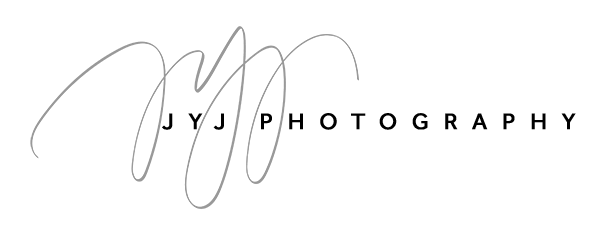
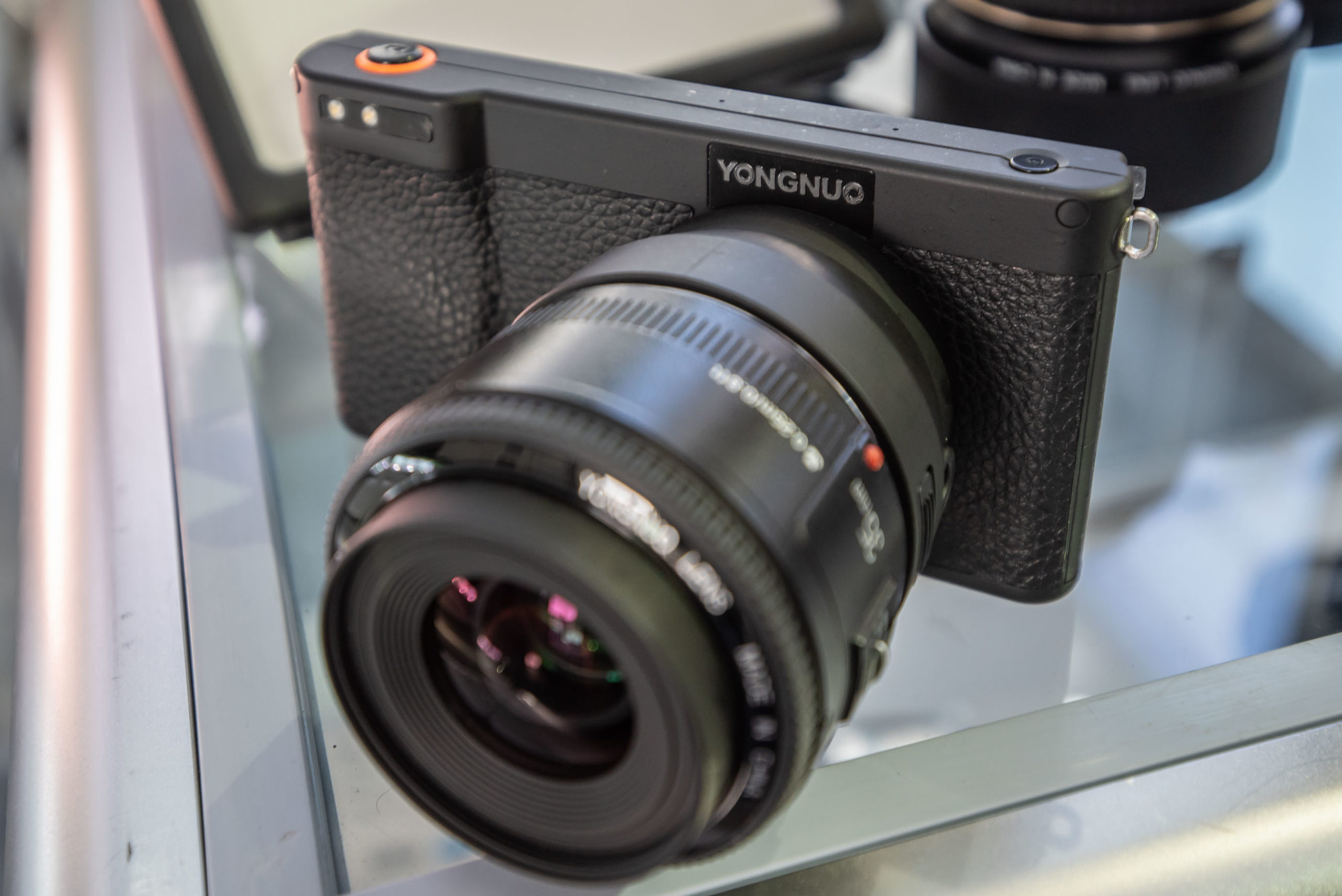
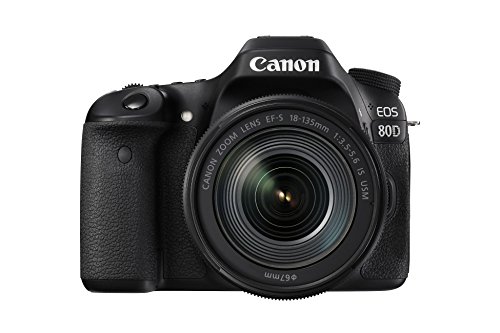
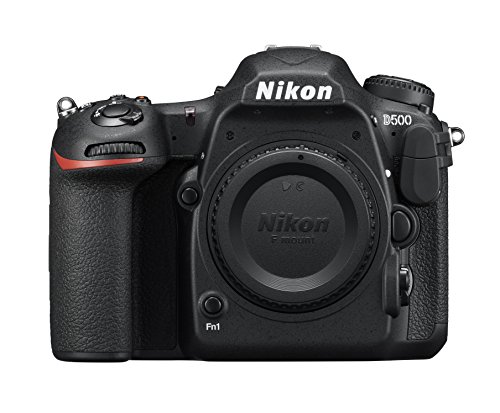
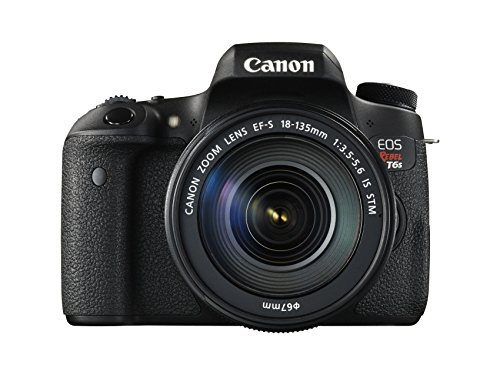
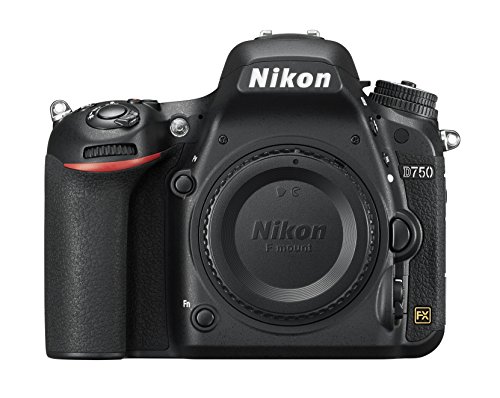


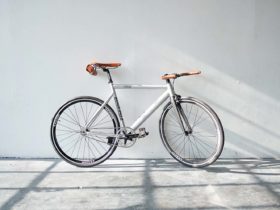
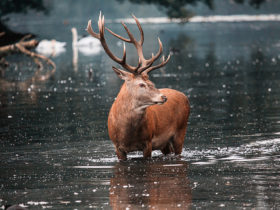



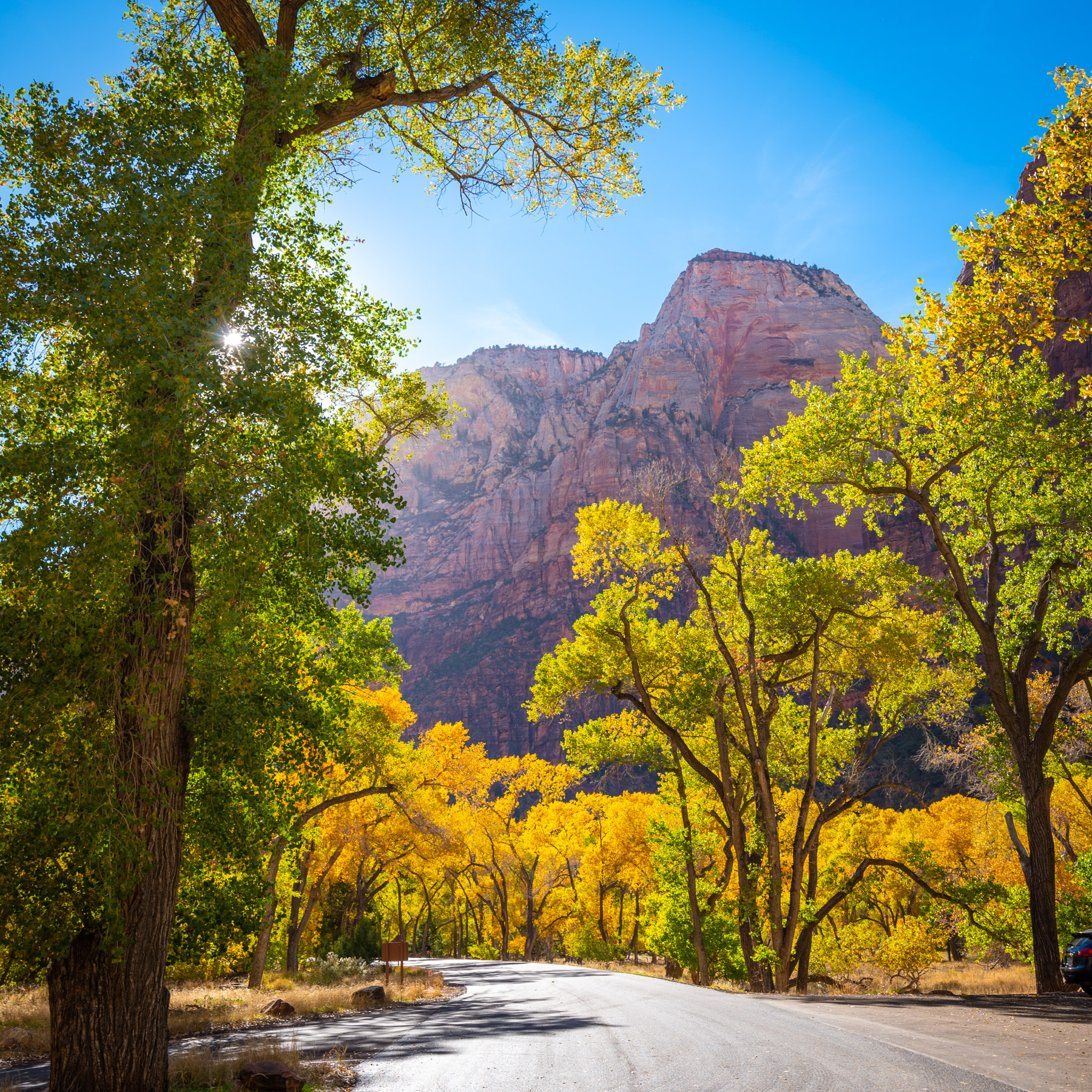
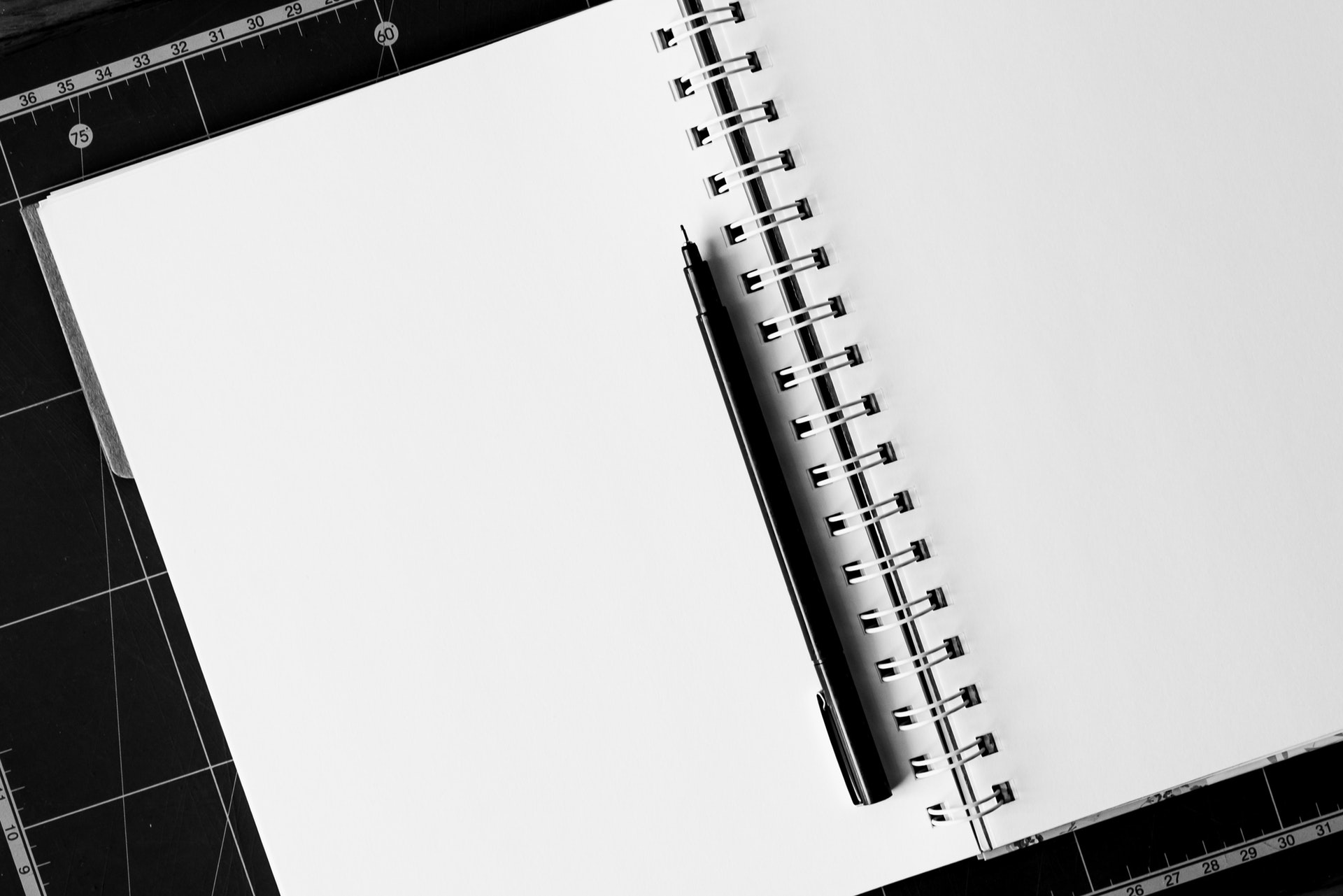
Great site! I am loving it!! Will be back later to read some more. I am taking your feeds also